First a little produce information: Lentils and beans are plant seeds that grow in a pod. They thus belong to the family of legumes, which also include peas, chickpeas, lupins and in fact peanuts.
There is a bit of language confusion when it comes to distinguishing between lentils and beans. Often smaller specimen are called lentils and we have done that here too.
But that is not quite right. Mung dal is a name for the mung bean – strictly speaking, not a lentil. The fruit usually has a green skin, its interior is yellow.
For today’s dish, it is best to buy peeled and halved mung dal, as it cooks much faster in this form.
You will also need onions, ginger and garlic (grated), ghee or some neutral vegetable oil, tomatoes and fresh coriander. Spices are dried chillies (or Kashmiri chilli powder), cumin seeds, ground coriander and turmeric, garam masala and – not mandatory but recommended for digestibility – asafoetida. A squeeze of lemon would round off the flavour.

Now cook the mung dal in twice the amount of water for 25 – 35 minutes until soft, depending on the produce. You should not add salt at this point, with pulses this prolongs the cooking time immensely and only ensures unnecessary energy consumption.
It is an Indian dish and India is not called the subcontinent for nothing. There are probably about as many ways of preparing it as there are people in this country. Sometimes spices are added at this stage, but we don’t experience any taste advantage in that.

The dal is ready when you can easily crush it between two fingers. There should still be enough water in the pot to give the dish a creamy but not runny texture. If necessary, add a little water.

In the meantime, prepare the tadka, the essential seasoning mix. Heat a little ghee (or neutral vegetable oil for the vegan version) in a pan over medium-high heat. Then add the cumin seeds and stir until they begin to smell fragrant.

Next, add the diced onions and sweat them. If you want to develop roast aromas, you can also brown them gently.

Now add ginger and garlic….

…and the dry spices, with the exception of garam masala.

Cook again very briefly, stirring, until the flavours develop – no more than a minute.

Immediately add the diced tomatoes or tomato puree so that the roasted spices do not turn bitter.

Now we add the tadka to the pre-cooked mung dal….
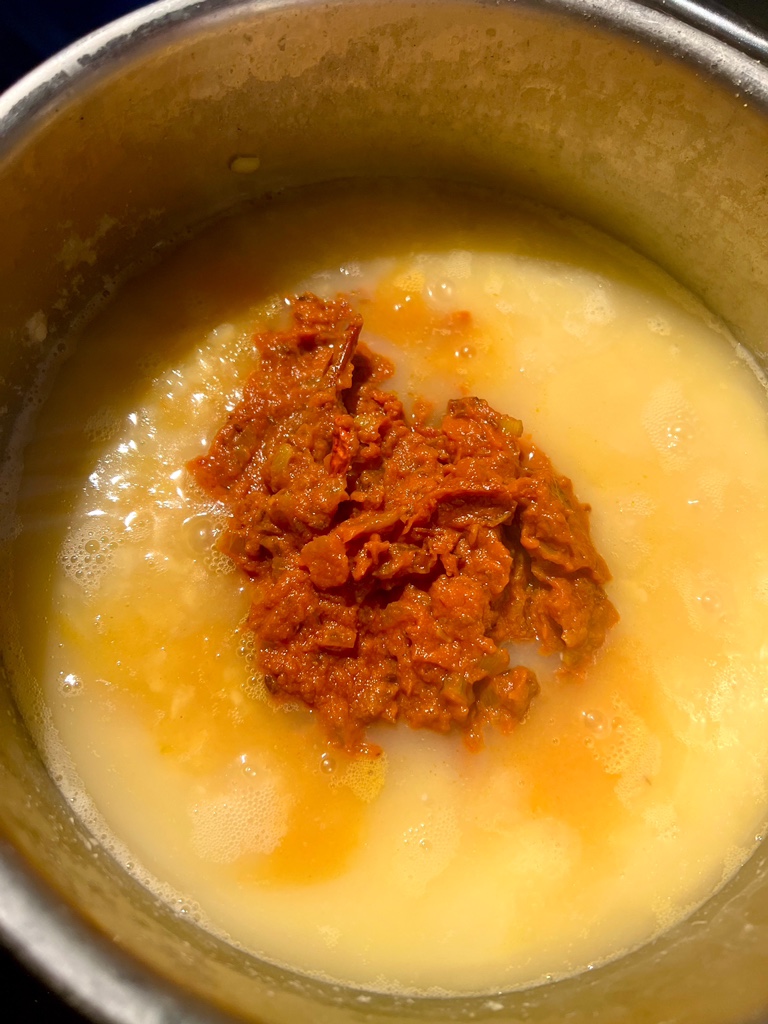
…and mix it well.

Now let the dal simmer gently for about 10 minutes so that the flavours combine nicely.
Then season with salt to taste.
If you want more flavour complexity, now is the time to add the garam masala.

After a few minutes, the aromas of the garam masala have also developed and the washed and coarsely chopped coriander is added as the last ingredient.

Turn off the cooker and grab a spoon:

One final note: This type of mung dal is a very classic recipe, but has not been a very popular version in India for some time. However, it is an excellent introduction to the art of cooking a dal. We will provide many other versions over time. Promise.
Ingredients (for 4 people):
The quantities refer to a meal with rice.
If you want to eat the dal without rice – as we do – then double the quantities.
200 g mung dal, peeled and halved
1 large or 2 small onions
1 tsp each grated ginger and garlic
A little ghee or neutral vegetable oil
2 medium tomatoes or 5 tbsp tomato purée
If desired: 2 – 3 dried chillies (alternative: 1 tsp Kashmiri chilli powder)
1 bunch fresh coriander
1 lemon
1 – 2 tsp cumin seeds
1 – 2 tsp ground coriander
1 – 2 tsp turmeric powder
A pinch of asafoetida
Optional: 1 – 2 tsp garam masala

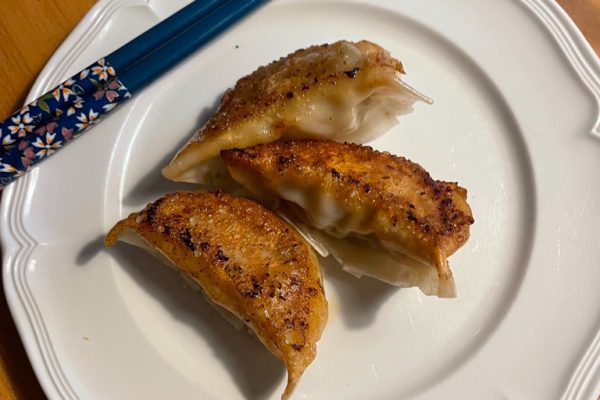
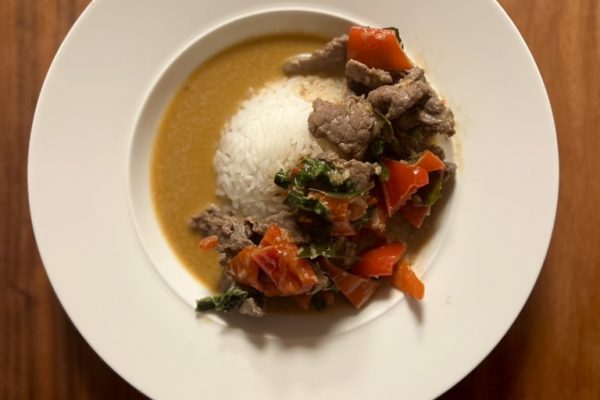
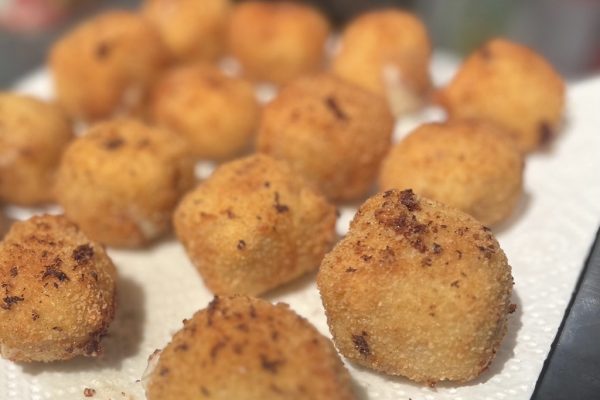
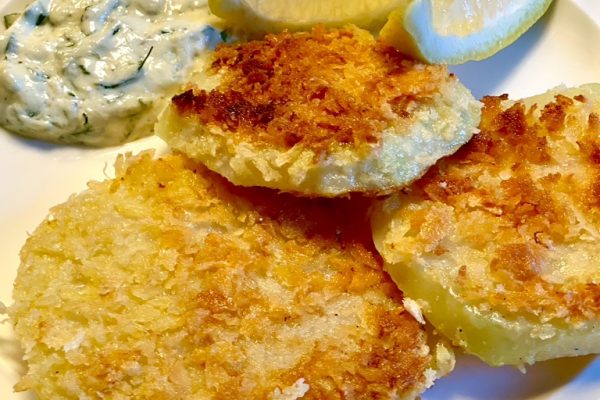
One thought on “Mung Dal Tadka”